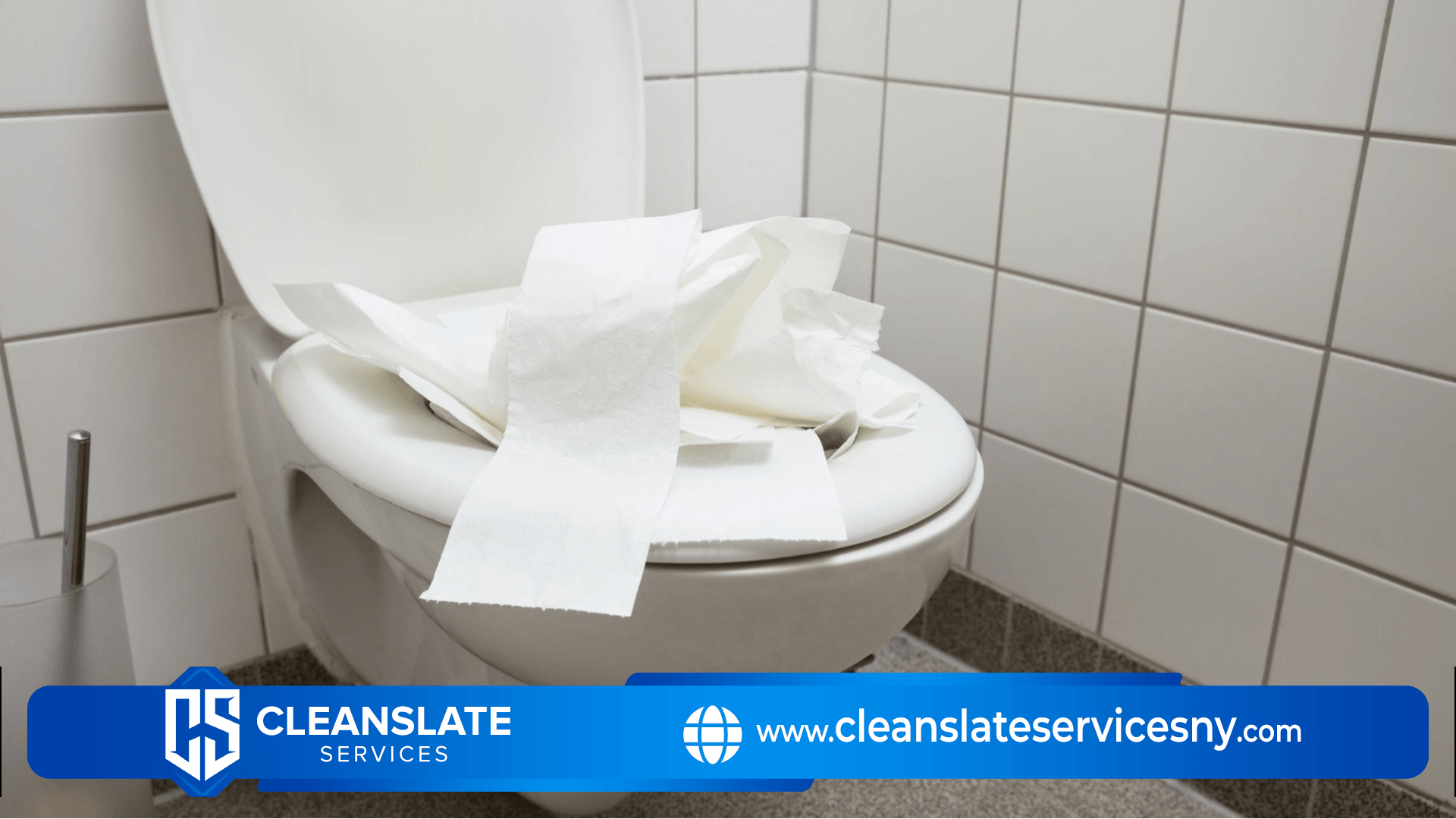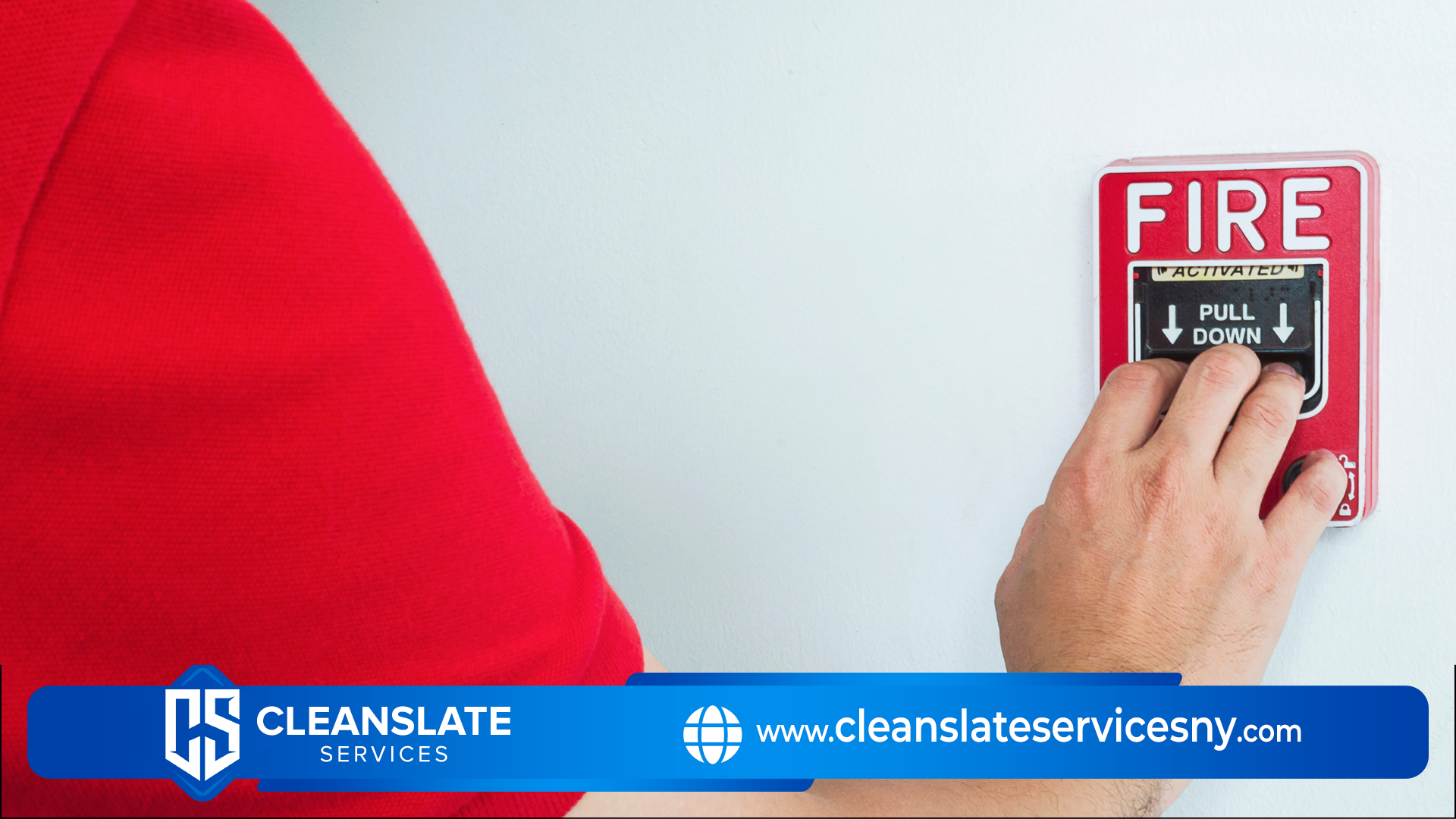When it comes to home maintenance, one of the most common issues homeowners face is mold growth in the shower. Not only is this unsightly and gross, but it can also be harmful to your health.
Fortunately, getting rid of mold in a shower isn't as difficult as you might think. With the right supplies and a bit of elbow grease, you can have your shower looking fresh and clean again in no time.
1. Identify the Source of the Mold Growth
Before you can begin the process of getting rid of the mold, you need to identify the source of the issue. In most cases, moisture is what causes mold growth, so if your bathroom isn’t properly ventilated or if it has poor insulation, those could be contributing factors. Fixing these issues can help prevent future mold growth by reducing moisture levels in your bathroom.
2. Clean and Disinfect
Once you know what’s causing the mold growth, it’s time to start cleaning up! For general cleaning purposes, a mixture of one cup of bleach per gallon of water should do the trick—just make sure not to use too much bleach as this can cause discoloration on tiles and grout lines. Use a soft brush or sponge and gently scrub away at any visible areas until all traces of mildew or discoloration are gone.
3. Re-Caulk Your Shower
After cleaning up any visible signs of mold, re-caulking your shower is an important step for preventing future outbreaks—especially if you have an older shower with worn caulk lines. Make sure you use a mildew-resistant silicone caulk when replacing old caulk lines and pay special attention to areas where water tends to collect or pool after each use (i.e., around fixtures like drains).
Causes of Mold in the Shower
Moisture, warmth, and organic material all work together to make the shower a breeding ground for mold. The bathroom and shower are ideal places for mold to grow because they are frequently moist and warm.
- Excessive moisture: Showers and baths produce a lot of steam and water vapor, which, if not properly ventilated, can lead to a humid environment. If the bathroom is not properly ventilated, the humidity may encourage the growth of mold.
- Leaks: Leaks in the bathroom or shower can also encourage the growth of mold. Leaks can happen in the sink, the toilet, the shower or bathtub, and they can provide mold with a steady source of moisture to grow.
- Dirty grout: The grout between tiles can collect grime, mildew, and other organic matter, making it the ideal environment for mold to grow.
- Poor ventilation: Moisture can be trapped in a bathroom with poor ventilation, which can encourage the growth of mold.
- Lack of cleaning: Regular bathroom cleaning, particularly in the shower and bathtub, can encourage the growth of mold.
If left untreated, mold growth can result in health issues as well as structural damage to the bathroom, so it's critical to address it as soon as it's discovered. It's crucial to keep the bathroom well-ventilated, address any leaks right away, clean the bathroom frequently, and maintain clean grout in order to prevent mold growth.
Conclusion
Getting rid of mold in showers doesn't have to be a daunting task if you know what steps to take. By cleaning regularly, using anti-mold products like bleach or hydrogen peroxide, and investing in a dehumidifier specifically designed for bathrooms, you can keep your shower looking fresh and free from pesky mold growth! With just a few simple steps, you'll be able to say goodbye to that pesky black stuff for good!
Contact Clean Slate Services Today!
Clean Slate Services will do everything we can to ensure your experience with us is excellent.
Request A FREE Estimate
CHECKOUT RECENT POST





